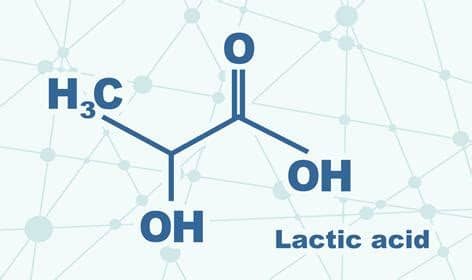
The Role of Lactic Acid Why Racing Pigeons Tire Quickly
Why Racing Pigeons Tire Quickly: The Role of Lactic Acid
When a racing pigeon tires out faster than expected, many fanciers jump to conclusions about training or diet. While those are critical, there’s another key player in pigeon fatigue: lactic acid buildup. It’s a hidden enemy that can ruin a race before it’s even halfway through. Understanding how lactic acid forms and affects racing pigeons is essential to optimizing their performance and recovery.
In this article, we’ll break down the science of lactic acid in a way that’s easy to understand. More importantly, we’ll explore actionable strategies—through training, nutrition, and supplements—to combat fatigue and keep your birds flying at their peak.
What Is Lactic Acid and Why Does It Build Up?
Lactic acid is a byproduct of anaerobic metabolism—how the body produces energy without oxygen. During intense exertion, like a long or high-speed race, your pigeons’ muscles demand more oxygen than their respiratory systems can deliver. To keep flying, their bodies switch to anaerobic pathways, which produce lactic acid as a side effect.
While it’s a natural response, excessive lactic acid quickly leads to:
- Muscle stiffness and cramping
- Slower wingbeats
- Decreased energy and speed
- Delayed recovery after landing
How Lactic Acid Affects Race Day Performance
Once lactic acid starts to accumulate in muscle tissues, your bird begins to suffer from muscle fatigue and reduced endurance. This can manifest as:
- Early tiredness in races
- Difficulty keeping up with the flock
- Prolonged rest periods post-race
- Heavier breathing and drooping wings
Think of it like a car engine overheating. Even if the pigeon is genetically strong and well-fed, lactic acid buildup can bring them to a crawl.
Factors That Increase Lactic Acid Production
1. Anaerobic Exertion
Sprinting and sudden altitude changes require short bursts of intense energy, increasing anaerobic metabolism.
2. Inadequate Conditioning
Undertrained pigeons lack the cardiovascular and muscular endurance to metabolize energy efficiently, causing a rapid shift to anaerobic fuel.
3. Nutritional Gaps
Low carbohydrate reserves or missing electrolytes can strain muscle metabolism, accelerating acid buildup.
4. Poor Recovery Protocols
Without post-race recovery plans, acid lingers in the muscles longer, delaying training and hurting future performance.
Solutions: How to Minimize Lactic Acid Buildup in Racing Pigeons
1. Introduce Lactate-Buffering Supplements
One of the best ways to neutralize excess acid is with scientifically formulated supplements. Look for:
- Sodium bicarbonate: Helps balance blood pH
- PHP Recovery Boost: A trusted post-race formula loaded with buffering agents and amino acids
2. Improve Pre-Race Nutrition
Offer high-energy grains with slow-digesting carbs and B-complex vitamins 24–48 hours before a major race. This helps maintain aerobic energy for longer.
3. Focus on Aerobic Conditioning
Train your birds to fly longer distances at moderate speed. Interval training builds endurance and improves oxygen use, delaying anaerobic metabolism.
4. Ensure Proper Hydration
Dehydrated birds produce lactic acid faster and clear it slower. Always provide fresh water and use electrolyte-enriched water during hot days or before races.
Post-Race Recovery: Clearing the Acid
After the race, the goal is to remove lactic acid as quickly as possible. This prevents muscle damage and gets your bird ready for the next flight.
Recommended steps:
- Warm baths or light fluttering exercises
- PHP Recovery Boost or similar supplements
- Fresh, vitamin-rich feed (B-complex, Vitamin E)
- Clean loft space to reduce post-race stress
Signs Your Bird Is Suffering from Acid Buildup
Watch for the following signs after a race:
- Slow returns
- Heavy panting and open-mouthed breathing
- Reluctance to eat or drink
- Wing droop or reluctance to fly again
If these symptoms persist, consult a vet and review your training and nutrition program.
Boosting Natural Lactic Acid Tolerance
Some pigeons can handle lactic acid better than others. Here’s how to build that tolerance naturally:
- Progressive overload training: Slowly increase distance and speed
- Rest days: Overtraining worsens acid buildup
- Supplements: Use PHP Electro Boost and amino-acid blends regularly
- Oxygenation support: Supplements like carnitine and magnesium improve cellular oxygen usage
Conclusion: Beat Fatigue, Boost Performance
Lactic acid is a natural part of pigeon racing—but when it builds up too fast, it becomes a performance killer. By understanding what causes it and taking a proactive approach with nutrition, training, and supplements, you can reduce its impact.
Smart fanciers know that winning races isn’t just about breeding and training it’s about chemistry, recovery, and preparation. Start using lactic acid management strategies today, and keep your birds flying strong race after race.

